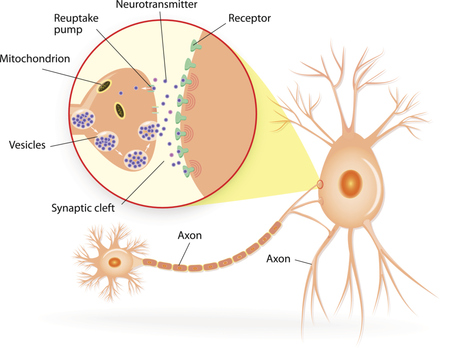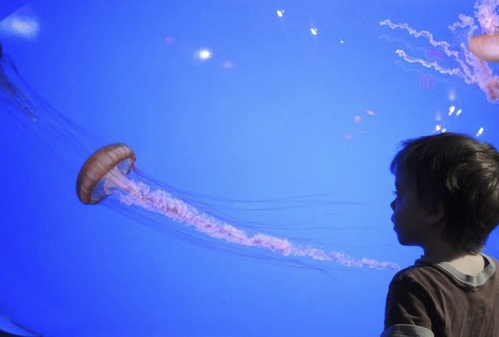Welcome
Up high in the rankings of student achievement or lower down, we compare our students’ skills in math, science, and reading, country to country. We hear about the lack of enthusiasm for math and science in both boys and girls. Teachers witness growing apprehension and anxiety many children have with numbers and math.
The idea of “scaffolding” is used in education to convey the supports teachers put in place to aid learning, i.e., previous knowledge, self-correcting materials, and cross-connections within disciplines.
"We cannot create observers by saying 'observe,' but by giving them the power and the means for this observation and these means are procured through education of the senses."–Maria Montessori |
The purpose of SNAP is to help adults—at home or in the classroom—provide an environment (scaffolding) to help young children find numbers, their related patterns, and geometric shapes in the world all around them. Its aim is to help any teacher, parent, or caregiver wanting to share with their children the ever-present display of numbers. It outlines a purposefully and consciously prepared environment that 1) stimulates the senses 2) allows a child to build on what he or she already knows daily, weekly, monthly, and yearly 3) makes it possible for a child to learn across subject matters, integrating a full, year-long curriculum 4) enables connections—sometimes directly and sometimes indirectly—and promotes contemplation of interrelated concepts among simple numbers, simple shapes, nature, art, science, and technology. In these ways, SNAP advances new knowledge about our brains and how we learn.
|
"I think, at a child's birth, if a mother could ask a fairy godmother to endow it with the most useful gift, that gift should be curiosity."–Eleanor Roosevelt |
Children will notice and connect with the numbers one to ten in ways that develop a sense of wonder, curiosity, and a keen eye for subtle detail. Once they develop a compelling relationship with numbers more engagement with math and science is credible. Observing numbers and patterns can impart a sense of order and inspire quiet observation and reflection; it can also lead to enthusiasm about the unknown. A sense of mystery is sure to instill a lifelong interest in numbers and propel pursuit of numbers beyond adding, subtracting, multiplying, and dividing. SNAP provides a sound basis for unlimited, far-reaching inquiries into subjects such as geometry and the use of the geometer’s tools, Fibonacci numbers, the Golden Ratio, fractals, and biomimicry to name a few.
|
Besides helping to renew student learning, an established structure such as SNAP can enhance a teacher’s effectiveness and help her achieve daily, monthly, and yearly classroom objectives as she turns to it for the mutual confidence between her and her students that familiarity can bring.
More About How It Works
Integration of SNAP into all classrooms and childcare environments is intended to run easily and concurrently with previously established procedures. Additional themes work complementarily, running parallel, as well.
This guide is organized in a way to be used with children two to six years of age, throughout a year. Yes, there is proven interest in the material as early as age two, with fascination growing at each successive age level! Continuous threads crisscross life skills, sensorial, math, language, and culture, i.e., history, art, music, and science. Within each of these categories, exercises are listed progressively, easiest to more complex. The parent or teacher chooses appropriate exercises and makes adaptations according to their children’s skills and interests. Ten sections focus on one number at a time, one to ten, and the corresponding geometric shapes over the course of a typical school year.
New and preexisting materials at preschools and daycare facilities will allow for a smoothly, adapted focus on any number, one to ten, and its corresponding geometric shape(s).
Teachers, parents, and caregivers will follow each section, one to ten, as they build onto this nurturing environment for their young children to explore, taking notes as to what really works well for them and their children. Suggestions provided include correlating books to read, music, projects, and cross-cultural and naturally occurring points of interest. Every teacher has his or her own favorite source of crafts, music, and books; they are invited to choose those that are related to the numbers one to ten and add them to the scheme.
"I don’t feel that Euclid is the way to start learning mathematics. Learning mathematics should begin by learning the geometry of mountains, of humans. In a certain sense, the geometry of…well, of Mother Nature, and also of buildings, of great architecture." –Benoit Mandelbrot |
Those features provided by the natural world can, initially, instill the greatest sense of wonder and curiosity. Where possible, sections begin with observing something from nature.
|


